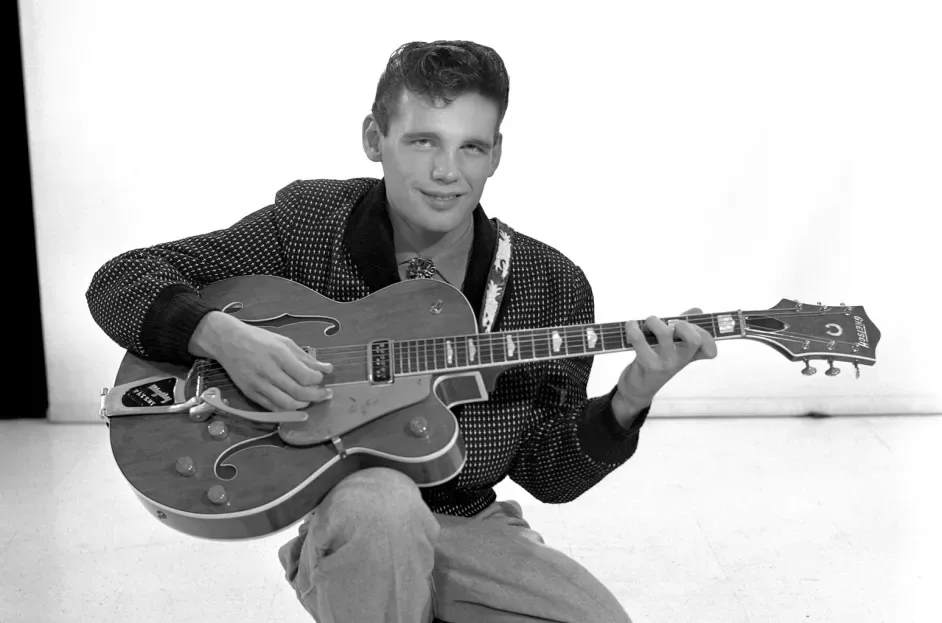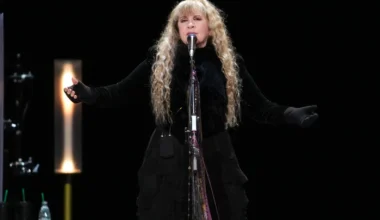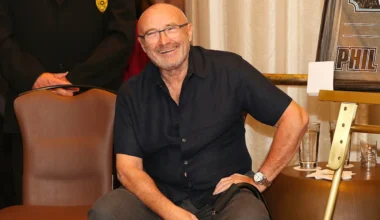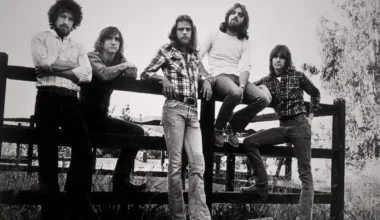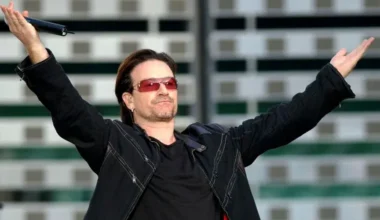The sound and aesthetics of the rock ‘n’ roll era may appear to be very different from those of modern music, but its influence is audible everywhere on the radio. Today’s life would be drastically different if the genre’s founders hadn’t taken such massive strides. It would be very different from The Beatles, Jimi Hendrix, Kurt Cobain, and even pop stars like Taylor Swift, who also use the formula. During this time, one man who had a significant influence was the late Duane Eddy.
Many people remember the true impact that musicians like the avant-garde rock ‘n’ roll guitarist had at the height of their careers, even though the majority of us who were not present at the time fail to recognize it. For some, like their grandparents who were teens in the 1950s and 60s, jiving at neighborhood bonanzas on Friday nights, or for others who would become iconic musicians in the 60s, artists like Eddy, Chuck Berry, and the other titans of this era are priceless.
In the late 1950s and early 1960s, Eddy was at the height of his career. He collaborated with legendary studio wizard Lee Hazlewood, who was renowned for combining pop, country, and psychedelic music, to produce several noteworthy hits. Due to hits like “Because They’re Young,” “Peter Gunn,” and “Rebel-Rouser,” Eddy’s guitar sound became well-known for its “twangy” quality.
George Harrison, Jon Fogerty, Pete Townshend, and Dave Davies were among the musicians who hailed him as a hero. This demonstrates just how important he was to the cultural tsunami of the 1960s. The adage “classics never go out of style” is true. Subsequent musicians like Adrian Belew, Mark Knopfler, and Bruce Springsteen have all spoken highly of him and his influence on them.
Duane Eddy utilized a 1957 Chet Atkins Gretsch 6120 to produce his renowned twang. After the release of “Twangs the ‘Thang” in 1959, he occasionally enhanced it with a Danelectro six-string bass guitar. Though he created many memorable moments, “Rebel-Rouser” from 1958 was arguably the most important for his career. The moment he crystallized his signature sound is when it happened.
In Phoenix, Arizona, at Audio Recorders, the instrumental was recorded. An echo chamber in the studio was originally a large water tank. Eddy’s Gretsch 6120 was recorded through a microphone at one end of the tank and a speaker at the other. Hazlewood brought the recording to Gold Star Studios in Los Angeles. There, he embellished it with saxophone and hand claps, among other instruments.
Hazlewood significantly improved Eddy’s guitar tone in Phoenix. When they recorded the latter in a grain silo, they originally thought of it, as creating the twang at a low cost.
Duane Eddy initially introduced his sound to the world with his 1956 debut album, Have Twangy Guitar Will Travel. The guitarist remembered how he came up with the term “Twangy” when he spoke with Mojo in 2010. He said: “That guitar sounds twangy, man. We were recording in Phoenix, starting my first album,” one of the guys remarked. Lester Sill, Hazlewood’s business partner, burst out laughing. That word was new to him, and soon it became a running joke. Is that sufficiently twangy? After that, we called the album Have Twangy Guitar Will Travel.
Furthermore, “I never really liked the word, to be honest. I just shut up and accepted it even though I thought it was a little cheesy and disrespectful given how many other people seemed to like it.

